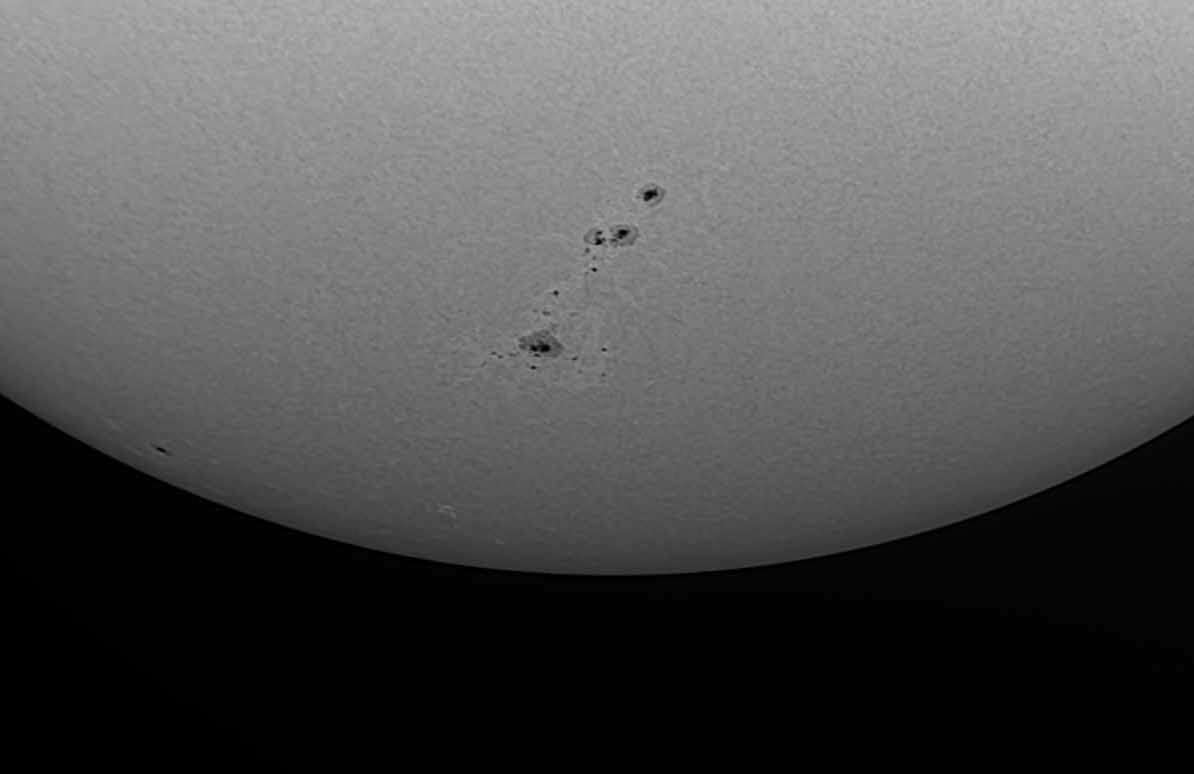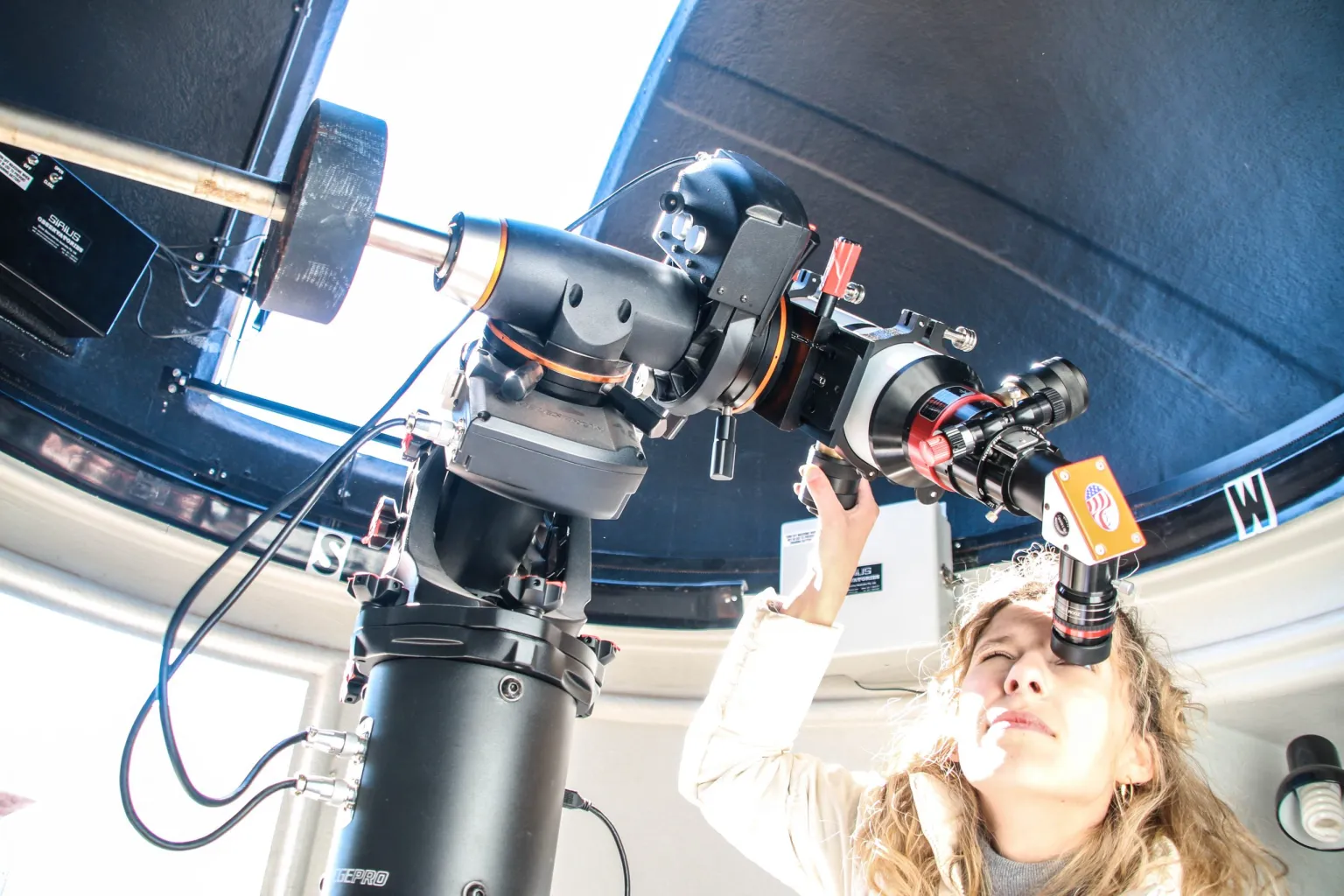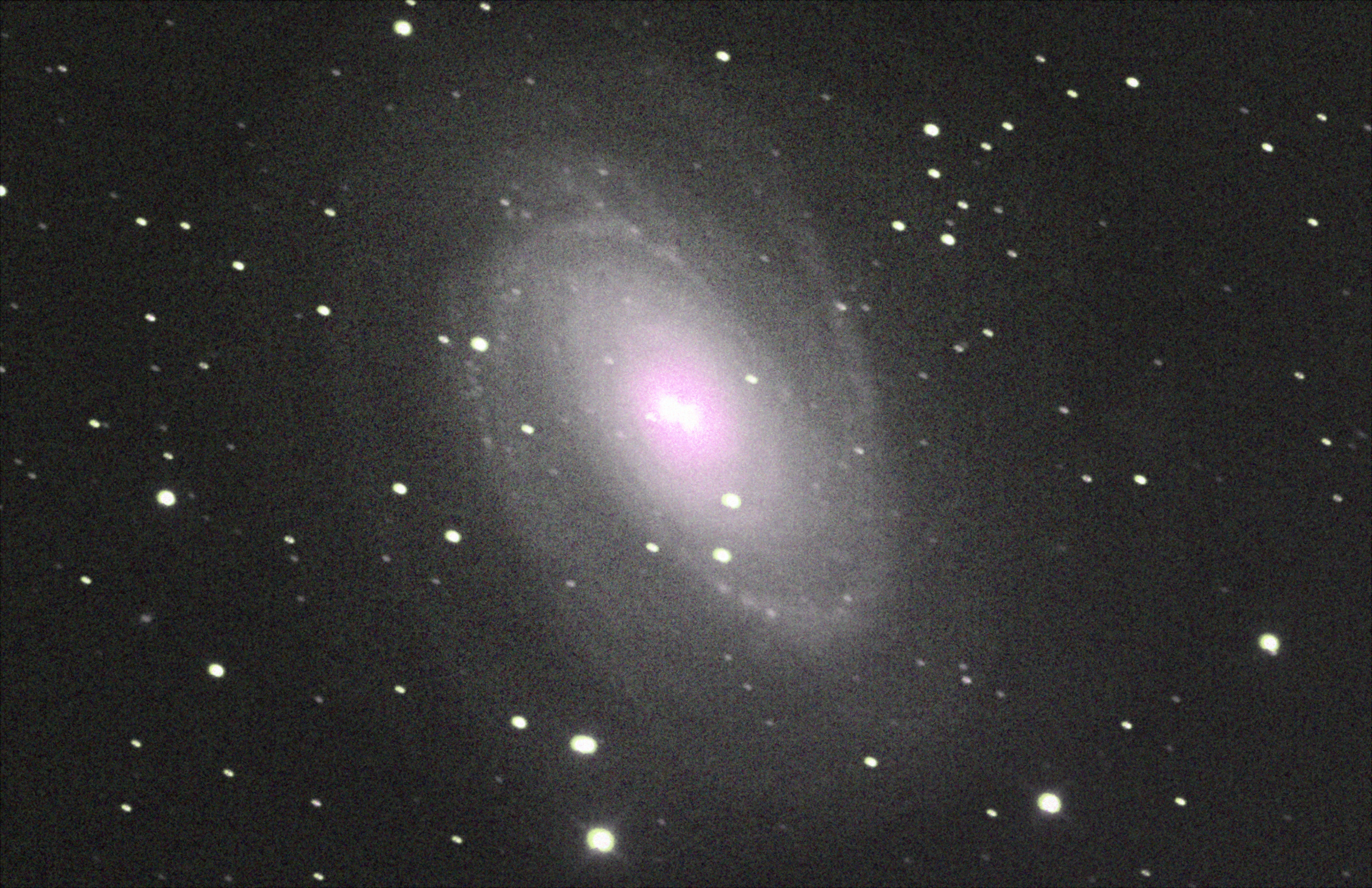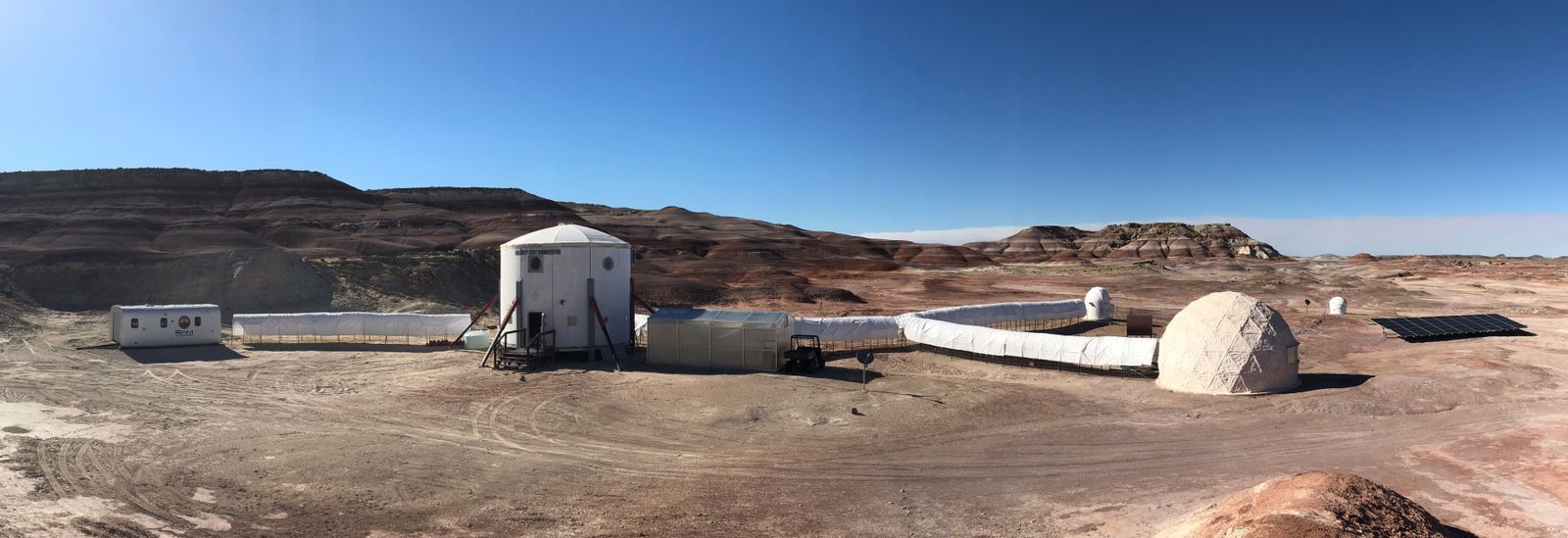Mars Analog Mission
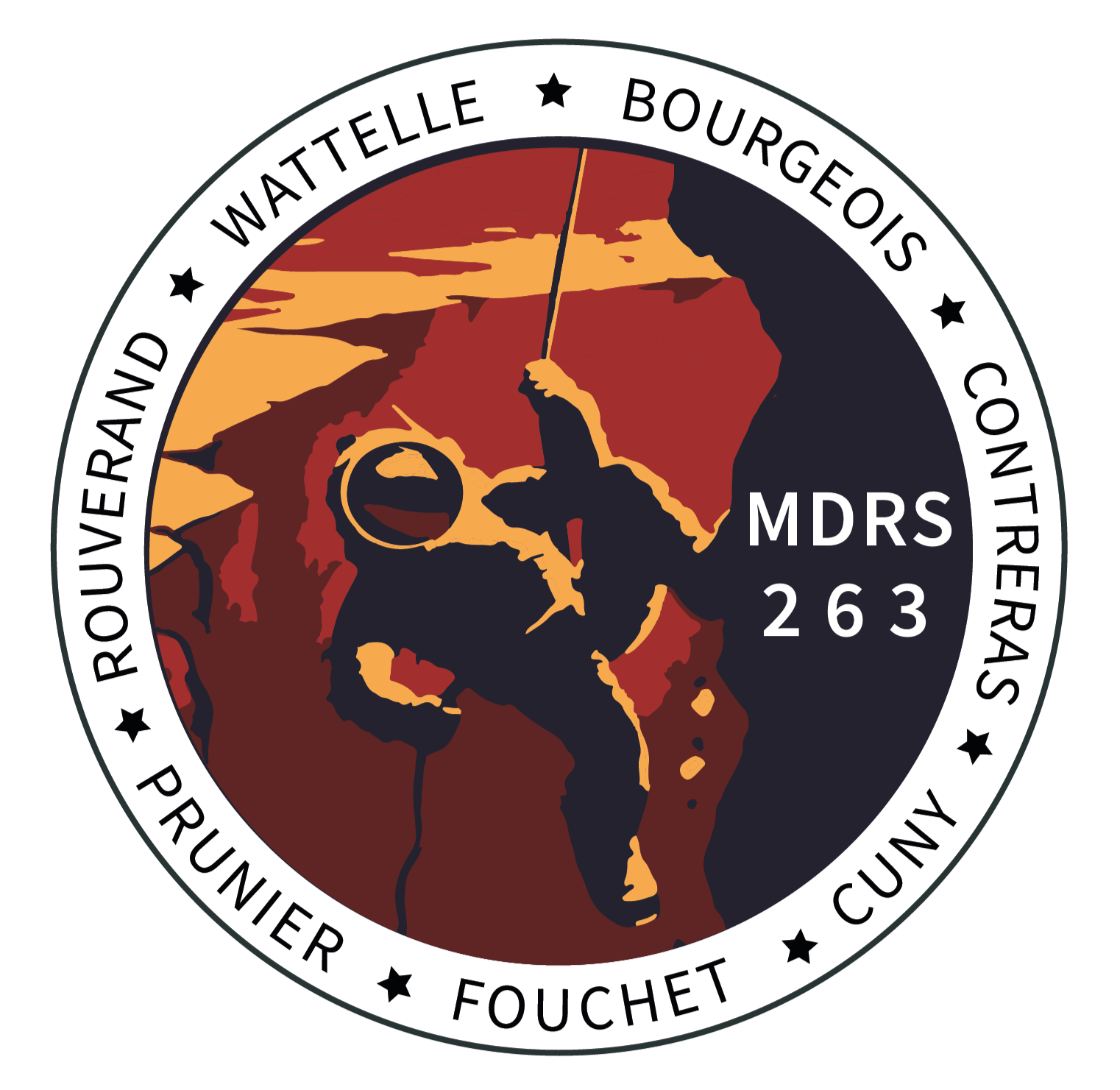
The aim of this mission was to study and understand the challenges and constraints of future manned flights and missions to the Moon or Mars. To achieve this, our days were governed by a very strict schedule: daily sports sessions, outings in spacesuits... The task that occupies most of our days was to carry out scientific experiments related to space exploration and confinement.
Check out this immersive podcast made by our crew journalist during our mission Youtube podcast link.
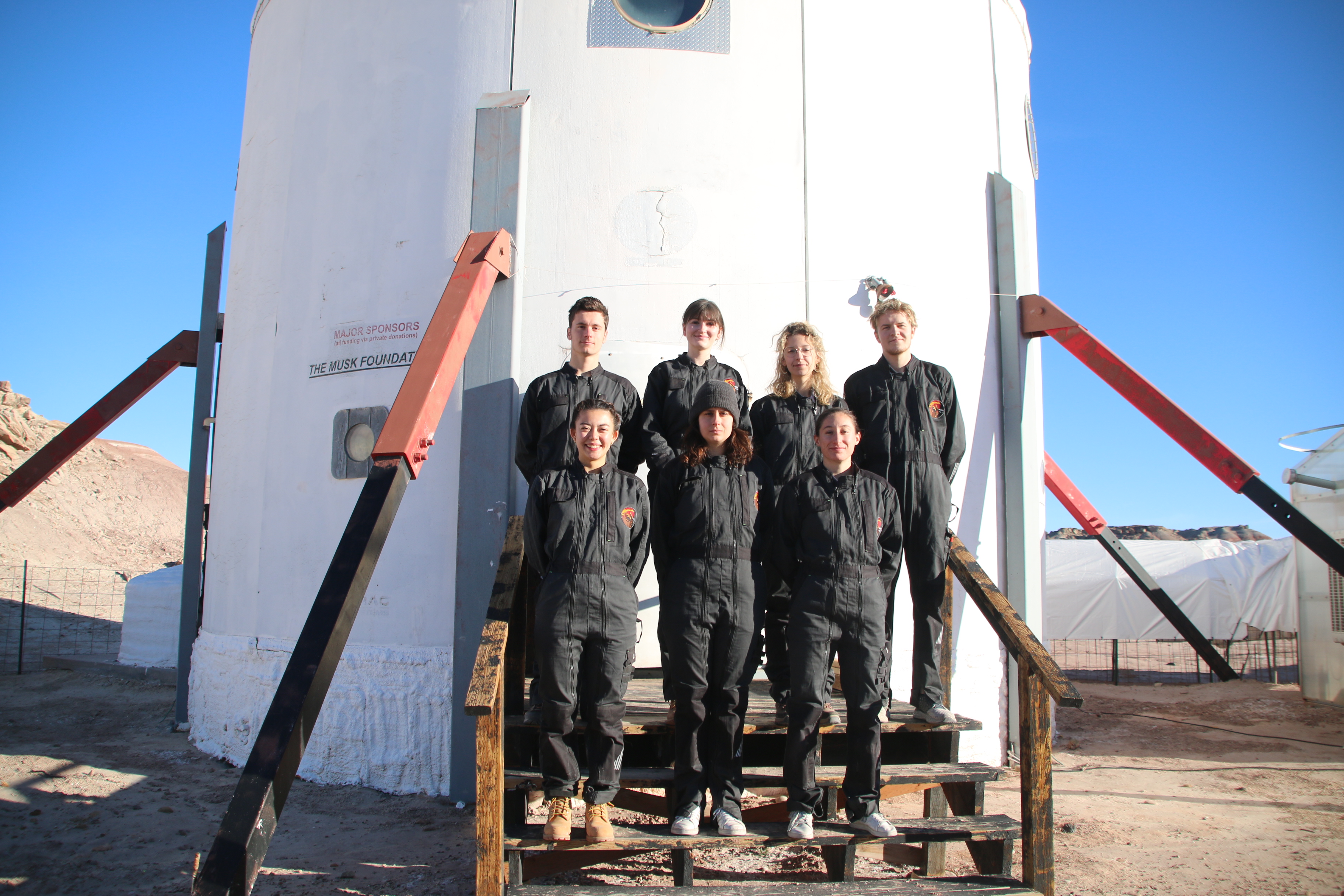
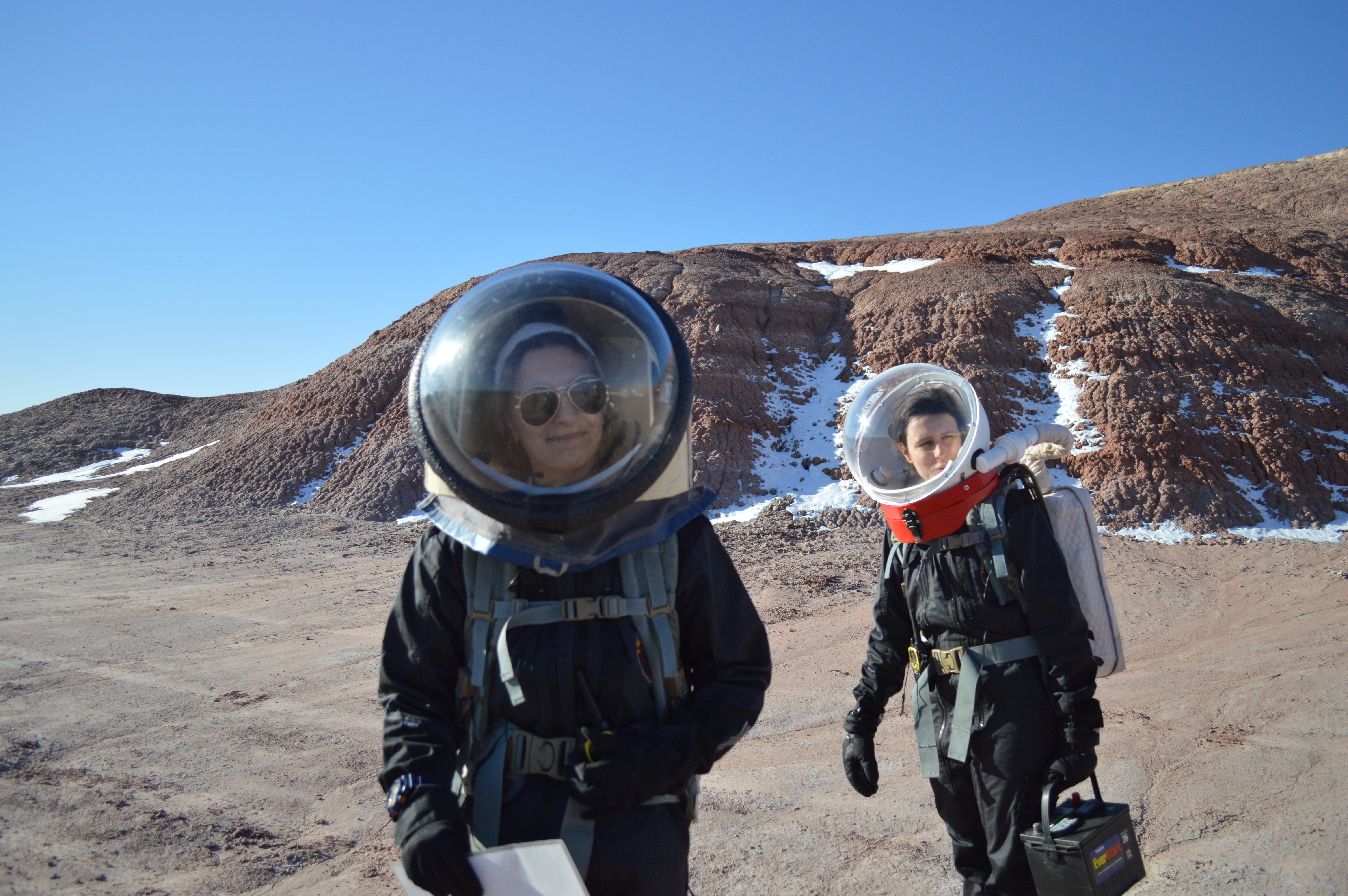
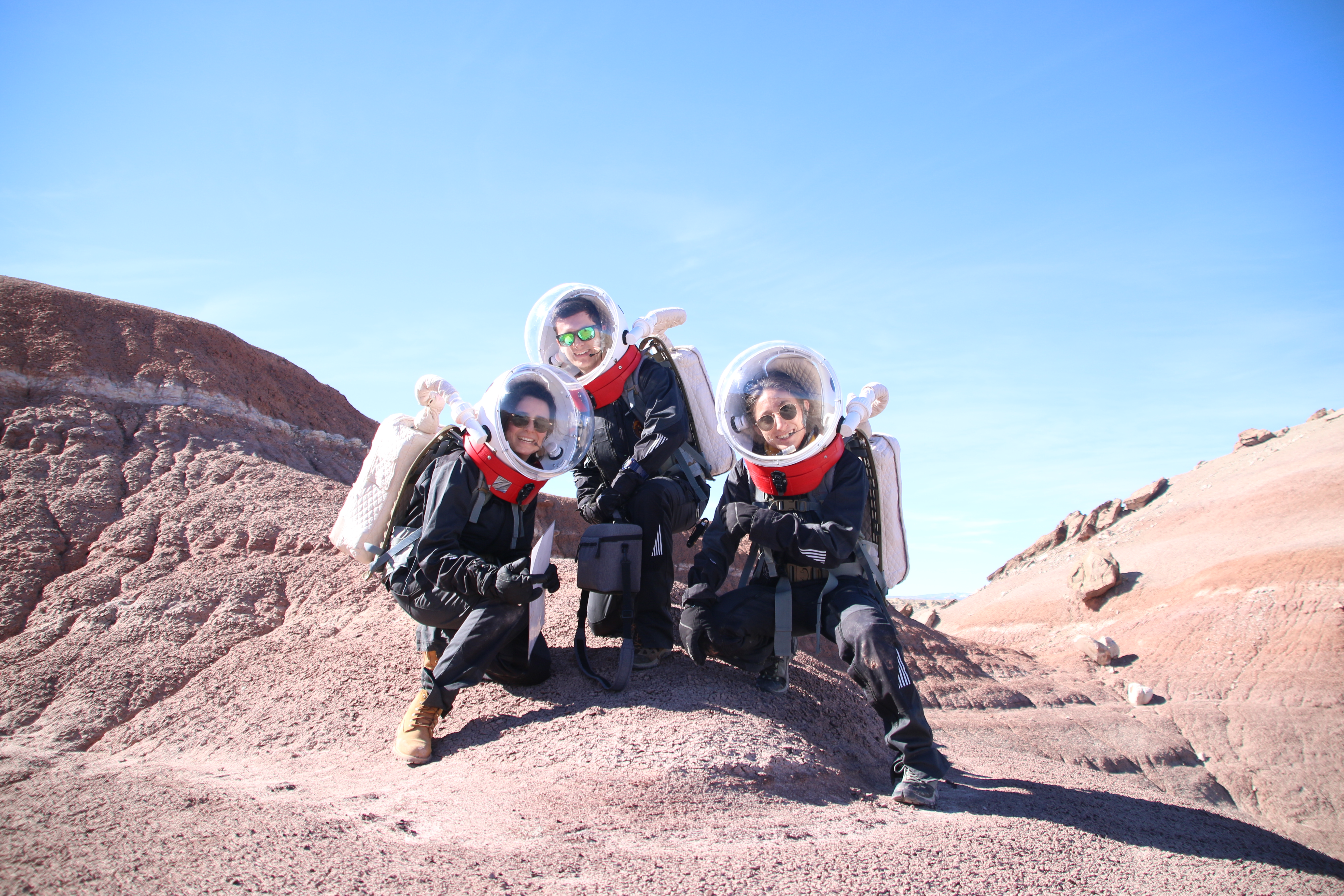
Experiences in a martian environment
You can find a complete description of all our projects here Mission Crew 263 .Geology field campaign with LIBS
This unique experiment aims to explore the field around the MDRS. We use a laser induced breakdown spectroscopy instrument, LIBS, allowing, by shooting on a rock with a laser, to analyze the spectrum of light emitted by the plasma created with the laser impact and determine the composition of a rock. This is the principle behind one of the 5 instruments on the Perseverance rover's SuperCam for analyzing Martian geology. For this experiment we had the great opportunity to work with Dr. Rapin, researcher at the Institute of Astrophysics and Planetology (IRAP Toulouse), Pr. Bousquet of the University of Bordeaux and Pr. Fabre from the laboratory GeoRessources and supported by SciAps with their Z-903 handheld LIBS analyzer.
| May 2022 |
Geological field study in Martian life simulation conditions
Marine Prunier and Léa Rouverand |
Poster presented at the "LIBS Day France" 2022 in Marseille, France PDF here. |
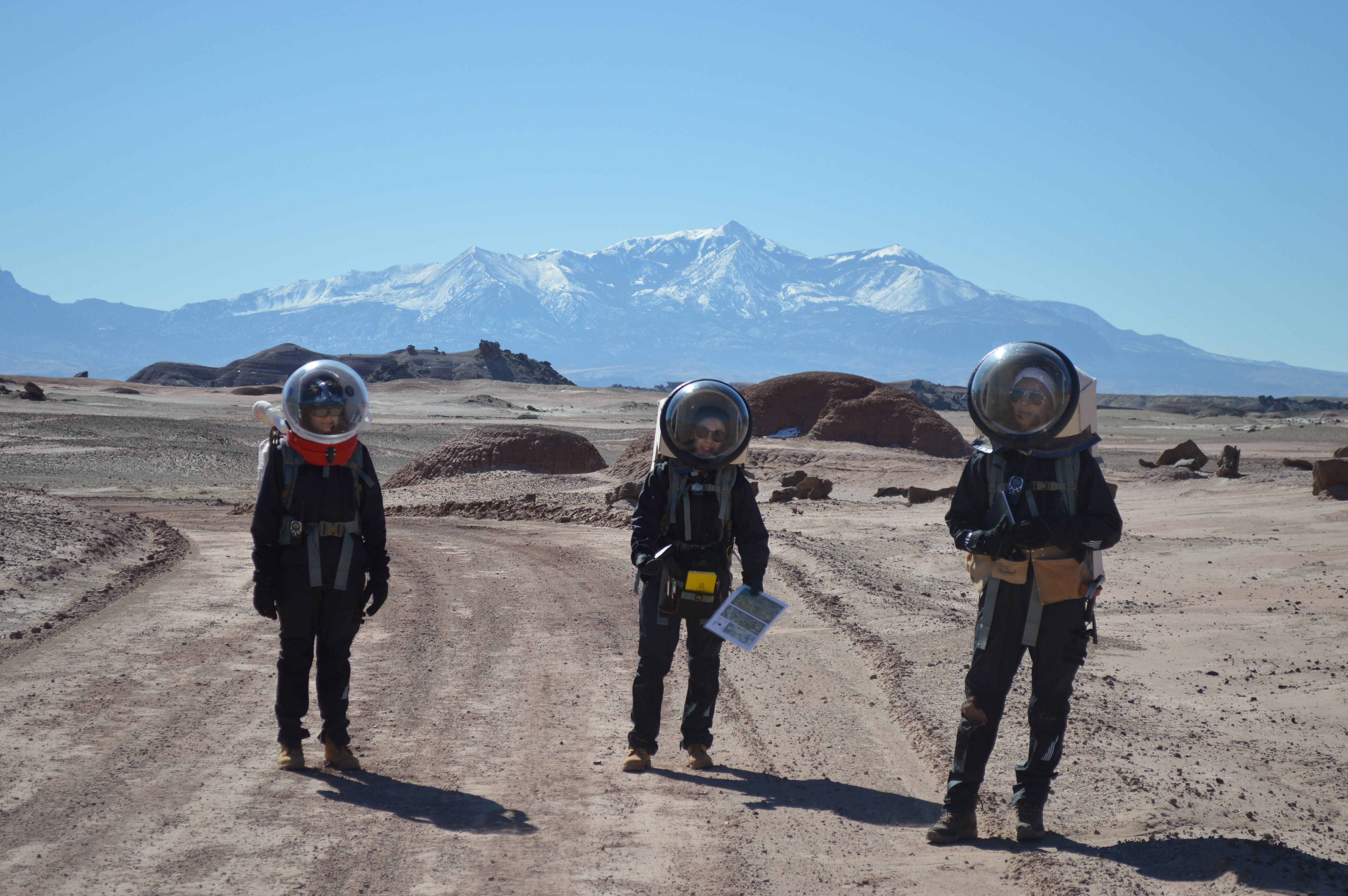
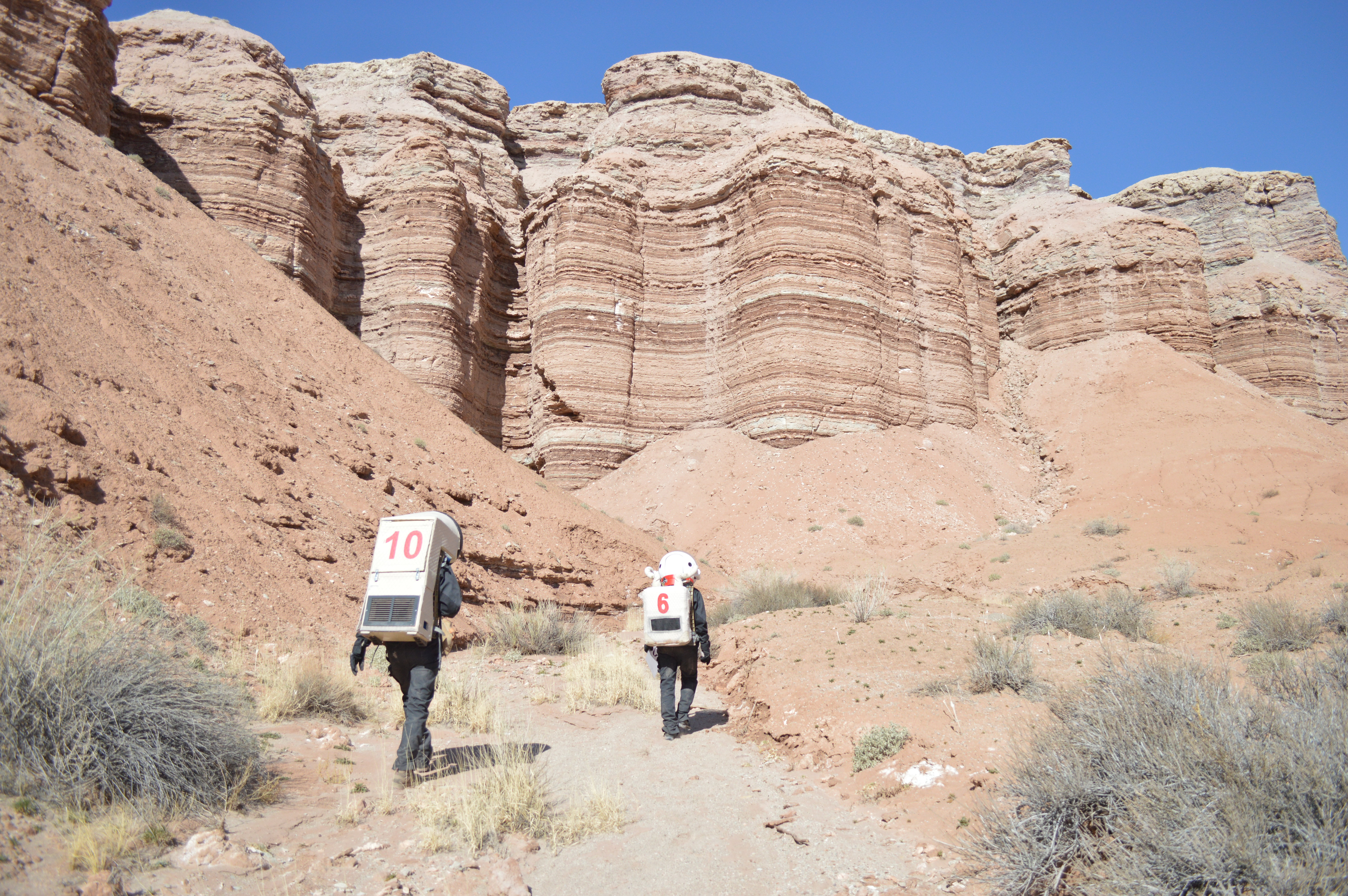
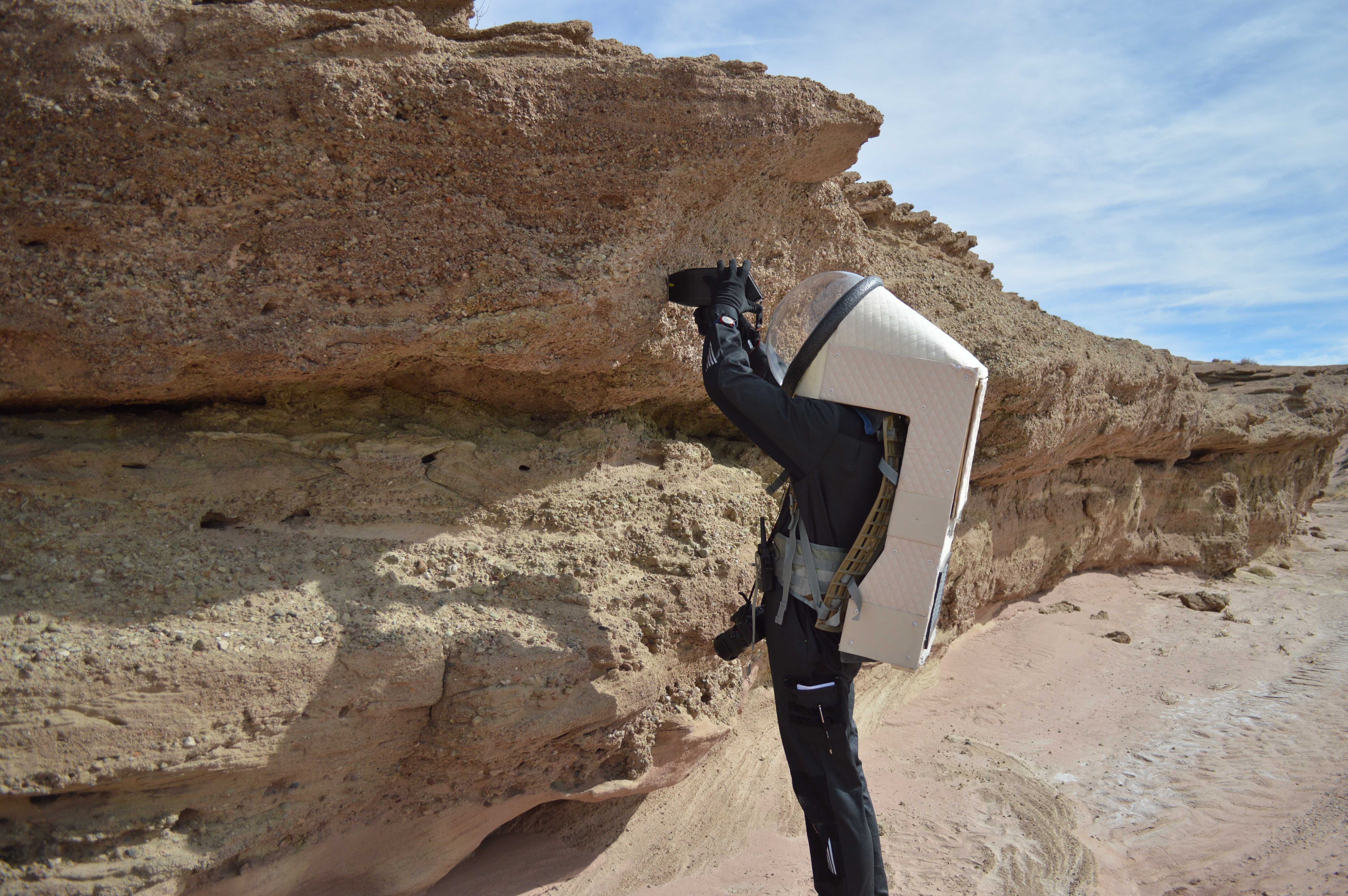
Augmented Reality
During the analog mission we test an Augmented Reality application developed with the aim of providing support during the Extra-Vehicular Activities (EVA). Mounted on Microsoft HoloLenses, which act as a Heads-Up Display during the EVAS, the application allows the astronauts to take pictures and identify the correct sample collection placement. Furthermore, it allows flags to be placed during the EVA, to optimize the route back to base, saving some precious time.
| 2021 |
Testing of an augmented reality tool for geological fieldwork during two analog missions.
Prof. F. Aditya, E. Contreras, O. Veronica, M. Prunier, L. Rouverand, V. Bourgeois, M. Fouchet, N. Watelle, A. Monoyer and M. Beller. |
Conference paper for the 73th International Astronautical Congress 2022 Paris, IAF Spaceflight Symposium. |
Education and outreach around human space exploration and Mars
A Martian analogue mission at the MDRS, because of its completeness in terms of accurate simulation and experiments performed, is the perfect set-up to introduce young students to human space exploration. In the context of our mission, we have organised a program of space educational activities for middle and high school students surrounding the topics of altered gravity, astronomy, health and safety procedures and robotic systems. A set of four experiments, conceived to bring into light the various scientific topics surrounding space exploration missions, have been performed by the students with us.
| 2022 | Experiment collaboration program during a Martian analog mission to introduce young students to human space exploration.
E. Contreras, M.Prunier and L.Rouverand. |
for the 4th Symposium on Space Educational Activities link |
Crew Member
Each crew member (astronomer, botanist, biologist, journalist, safety officer and engineer) has a precise role to play in the life of the station. As mission astronomer, I supervise the station's three telescopes. My first task is to monitor solar activity by studying the appearance of sunspots, which could indicate an imminent solar storm, endangering our martionauts who would then be exposed to high levels of radiation. My other missions involve observing the sky using a Celestron 14 telescope to search for specific astronomical phenomena. With this telescope, my project was to detect an exoplanet passing in front of its star (planetary transit). Finally, the station's last telescope enables me to take photos of the deep sky and deliver beautiful images of our favorite nebulae and galaxies.
